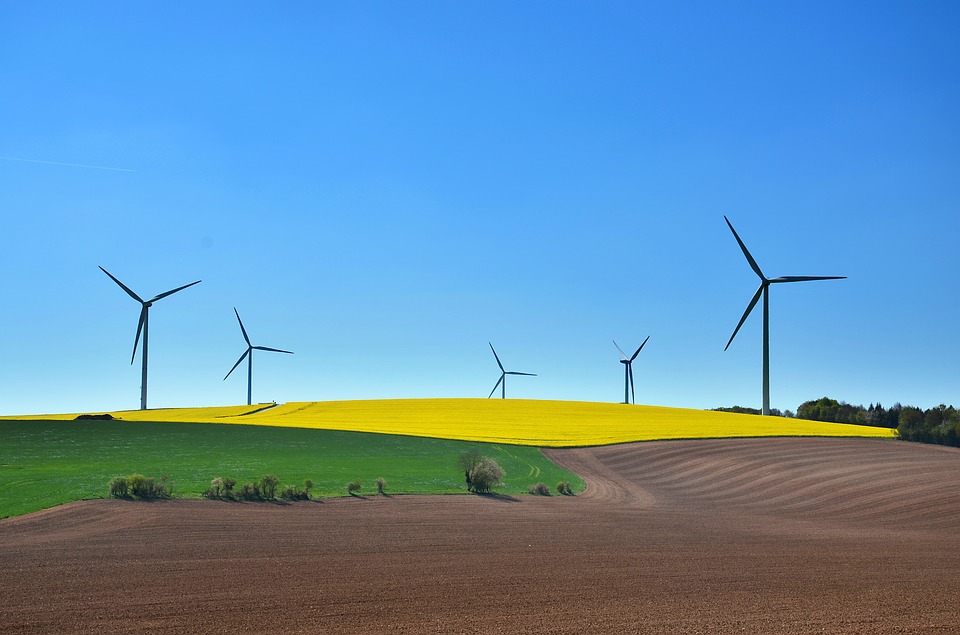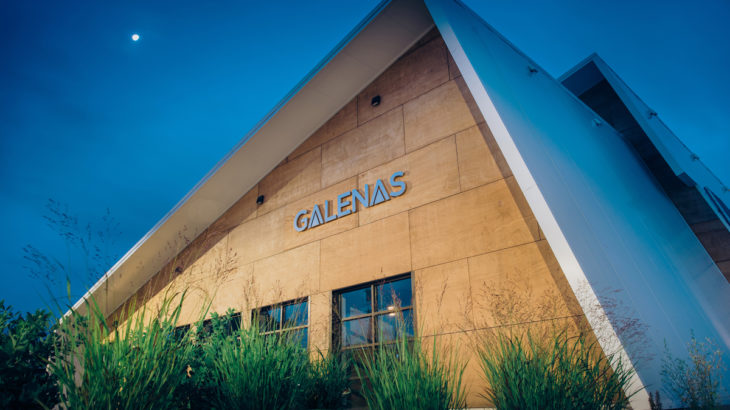The green market is evolving and now there is even the green building concept.
In the previous article of this ongoing series, we discussed the definition, goals and features of green architecture. And now it’s time to learn the bright side of green building. Keep reading to discover its benefits!
Economic Benefits:

Similar to how economic growth and rise in employment bring economic benefits, green architecture is a concept that is most likely going to offer a variety of economic advantages.
- Lower Costs
Green building is said to be a very cost-effective principle due to its unique and efficient approach to using natural resources such as water and energy. In 2003, the California Sustainable Building Task Force conducted a study that showed that a green building design investment is ten times more cost-effective than the typical traditional building one.
Green architecture also reduces the day-to-day costs of a company. For instance, by using extensively natural daylight and task lighting methods, the amount of power used in lighting systems is drastically reduced, which saves much on the company’s electricity bills. Due to its energy-efficient measures, companies can save up to €280 to €410 billion on energy spending.
Companies usually spend a huge amount of money on the operation and maintenance of buildings. However, green buildings can significantly reduce these costs and allow building owners to gain more profits. For instance, LEED buildings, which refer to globally recognized and certified green buildings, have claimed that they have 20% lower maintenance costs than traditional buildings.
- Tax Benefits
In several countries, the government has offered tax incentives to motivate building owners to employ the green architecture concept. Many states have passed tax regulations to encourage energy-efficient buildings. For instance, section 307 of the Emergency Economic Stabilization Act of 2008 represents the sustainable building concept’s employment.
- High Market Value
Investing in the construction of green buildings raises the value of these properties. Building owners gain more profits as buildings with eco-design features have a high market value. Prospective buyers are always interested in green buildings as they tend to have low operation and management costs.
- Increase in Sales
Did you know that the green building concept could lead to a rise in sales? Absurd, you say?
A survey in California found out that when 100 shops included skylights instead of the usual electric lighting, their sales went 40% higher. Skylight allows natural light in the interiors and can also help to reduce electric costs.
- Increase in employees’ productivity
Logically, any employee who works in a healthy, green and comfortable work environment will be productive. For example, in Seattle, a research study discovered that absenteeism by workers of green buildings was reduced by 40%, while another study reported that the net revenue of employees in LEED buildings increased by 10%.
- Creation of Jobs
During the presidency of former US President Barack Obama, green constructions contributed nearly $168 billion in the Gross Domestic Product of the USA. Back then, more than 700,000 jobs were created due to green construction projects.
Environmental Benefits

One of the essential benefits of constructing environmentally-friendly buildings is the positive impacts that it has on the environment.
- Reduce Waste
A simple way to reduce waste is by utilizing renewable materials or using biodegradable materials. It is also possible to reuse industrial materials such as recycle stone and metal. Sustainable building projects reduce the wastage of resources.
- Energy Efficiency
The green building principles reduce dependency on energy from non-renewable sources like coal. For instance, solar panels are implemented to make full use of the sun’s energy and skylight windows are widely used to let more natural light in and reduce the use of artificial and electric lights. These methods help to ensure that the buildings make the optimum use of energy.
- Improve Air and Water Quality
Sustainable and resource-efficient building undoubtedly leads to a lower concentration of carbon dioxide gas emissions and provide a better indoor air quality. Furthermore, it includes a water-efficiency feature where alternative sources of water such as rainwater are used. This method saves water and ensures a clean supply of water for future generations. A simple example is how LEED buildings reported lower greenhouse gas emissions and a fall in water consumption.
In Australia, the Green Star, a rating system for sustainable buildings, has observed that green buildings can save up to 51% potable water and release fewer carbon dioxide gas emissions.
- Preserve natural resources
This sustainable building methodology can reduce the strain on our resources such as water. With its use of technologies and resource-efficient measures, it can conserve our natural resources.
Social Benefits

- Improve health and quality of life
There are medical conditions that can be caused by an allergy to seafood, pollen or dust. However, have you ever heard of an illness caused by the building where people work or live? It’s called Sick building syndrome.
According to the US Environmental Protection Agency, nearly 21,000 lung cancer deaths that occurred in 1995 were due to radon gas found in many buildings. Non-green buildings produce many indoor pollutants that affect the health of workers and residents. However, those who live in green buildings enjoy many health benefits due to the safe and natural materials used in constructing these sustainable buildings. For example, some eco-friendly companies do not use plastic by-products which are known to release toxic substances.
Green buildings improve both the health and comfort of people. A study by the American Academy of Sleep Medicine showed that employees who work in green offices tend to have an excellent concentration and high productivity, while a research by the U.S. Green Building Council proved that workers in LEED buildings were happier and healthier than employees from non-green buildings.
So, would you like to start your own green construction project? Please share your comments!



















